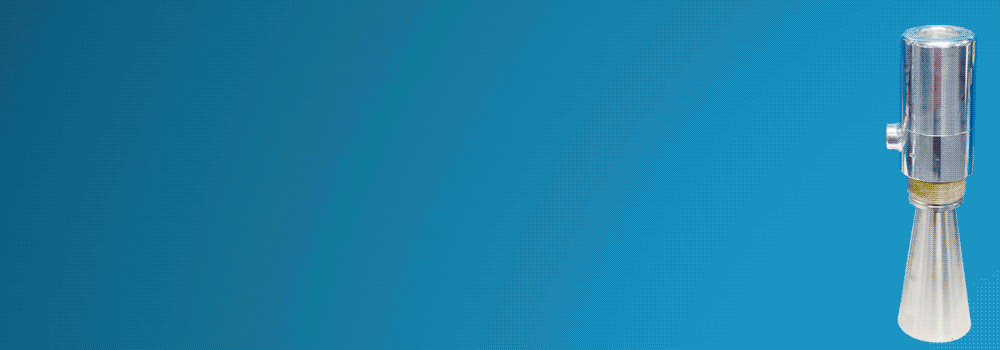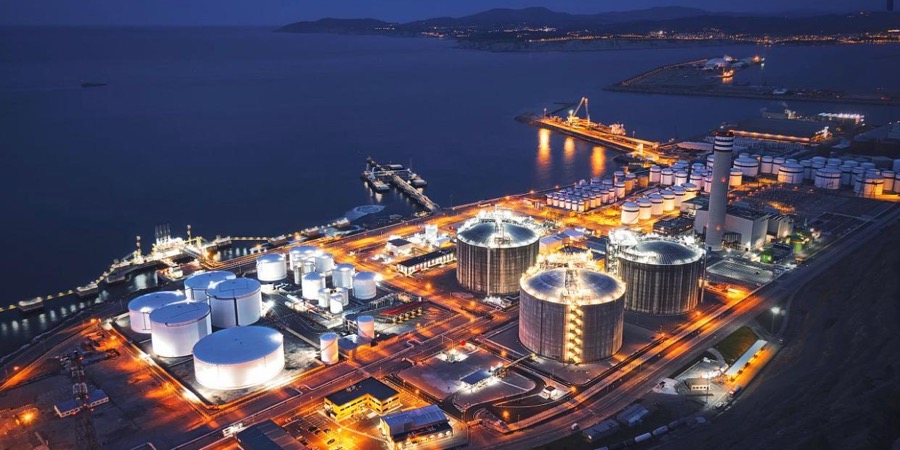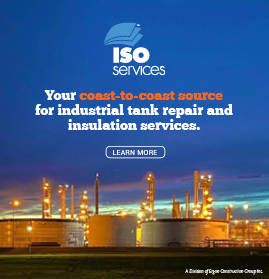Owens Corning FOAMGLAS® Industrial Insulation says moisture and fire are biggest threats
Moisture (liquid and vapour) and fire, are two major threats to industrial insulation performance, and prominent in the engineering of liquefied natural gas (LNG) facilities, says Owens Corning FOAMGLAS® Industrial Insulation
It said: “These are of course not the only limiting factors that affect the choice of insulation material that is specified for LNG projects, a wide range of other key factors should be considered as well.”
LNG is a mixture of low-molecular-weight hydrocarbons that has been cooled down to liquid form for ease and safety of non-pressurised storage or transport. Multiple critical factors should be evaluated to determinate whether an insulation system should be considered for LNG service.
The recent surge in demand for energy, clean energy in particular, catalysed a positive series of events for companies specializing in the manufacture, fabrication, and installation of high-performance industrial insulation systems. The sheer volume of insulation required to protect the high investment in these facilities has been inspiring.
The two biggest enemies of industrial insulation performance, moisture (liquid and vapour) and fire, are prominent in the engineering of liquefied natural gas (LNG) handling facilities. These issues need to be taken on separately with engineering of materials, but the good news is that the issues can be integrated for solutions.
It stands to reason that with most of these plants existing in hot and humid climates, the need for moisture vapor transmission (MVT) resistance is paramount. MVT can be excessive in these design conditions.
The pipe or vessel may be at a continuous operating temperature of nearly-270°F (-168°C), and the ambient conditions are at 90°F (32°C) or more with humidity of 90 percent. In these conditions, the opportunity for moisture to be driven into the insulation is at its highest possible level. Since the natural moisture drive is from heat to cold, one can see how the material and application selections can make or break the system.
For more information visit www.foamglas.com
19th July 2021














